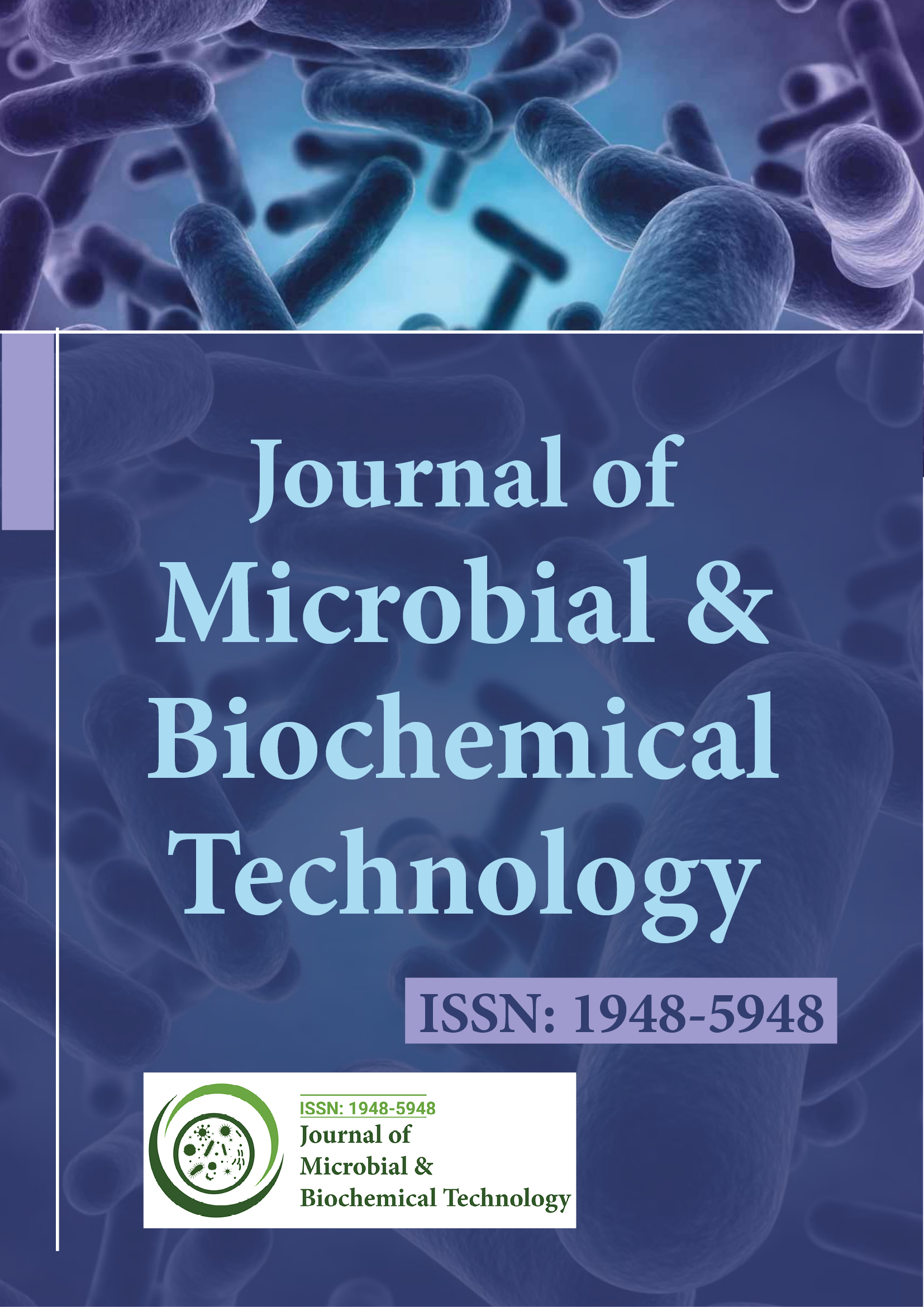インデックス付き
- 学術雑誌データベース
- Genamics JournalSeek
- アカデミックキー
- ジャーナル目次
- 中国国家知識基盤 (CNKI)
- シマゴ
- Global Online Research in Agriculture (AGORA) へのアクセス
- 電子ジャーナルライブラリ
- レフシーク
- 研究ジャーナル索引作成ディレクトリ (DRJI)
- ハムダード大学
- エブスコ アリゾナ州
- OCLC-WorldCat
- SWBオンラインカタログ
- 仮想生物学図書館 (vifabio)
- パブロン
- ミアル
- 大学補助金委員会
- ジュネーブ医学教育研究財団
- ユーロパブ
- Google スカラー
このページをシェアする
ジャーナルチラシ

概要
環境汚染物質のバイオ電気化学的および従来のバイオ修復
ジョン・M・ピショッタとジェームス・J・ドルチェモア・ジュニア
化学汚染物質は、人間の健康や環境の健康に悪影響を及ぼす可能性があります。堆積物中の多環芳香族炭化水素 (PAH)、重金属、農薬などの汚染物質は、感受性のある生物にさまざまな毒性効果を及ぼす可能性があります。ジクロロジフェニルトリクロロエタン (DDT)、さまざまな医薬品、内分泌かく乱物質 (ノニルフェノールなど) などの特定の化学物質は堆積物中では難分解性であり、除去が困難です。ダイオキシンなどの物質は、人間の食用に使用される植物や動物の組織に蓄積します。従来のバイオレメディエーションでは、応用生物または土着生物を使用して、このような環境汚染物質を危険性の低い形態に分解または固定化します。細菌、真菌、光合成生物は、汚染物質を代謝または中和するための安価な自己複製触媒として使用できます。細菌は、代謝的に多様な代表例として放線菌類の各種が胞子を形成し、複数の汚染物質に耐性があり、幅広い環境条件下で生存するため、特に有用である。残念ながら、従来のバイオレメディエーションには、地下プロセスのモニタリングが難しいなど、いくつかの欠点がある。これらは、微生物バイオ電気化学システム (BES) を使用することで克服できる可能性がある。最近の研究では、堆積物微生物燃料電池 (sMFC) などの BES が、汚染物質の代謝を再生可能なバイオ電気の生成に直接結び付けながら、バイオレメディエーションの速度を加速できることが実証されている。さらに、BES は、既存の無線ネットワークを介して遠隔で進行状況をモニタリングするための高感度汚染物質バイオセンサーとして機能し、バイオレメディエーションの最適化を促進することができる。ここでは、堆積物の難分解性有機汚染物質に焦点を当て、一般的な汚染物質に対する従来のバイオレメディエーション技術とバイオ電気化学的に媒介されたバイオレメディエーション技術の最近の進歩についてレビューする。BES 微生物技術に関する新たな疑問、機会、欠点について強調する。化学的に多様な汚染物質を修復するために BES を使用することは効果的であることが証明されていますが、BES プロセスの起動時間、スケールアップと設計、遠隔監視、BES 電極と触媒のコストに関する制限を克服する必要性が残っています。